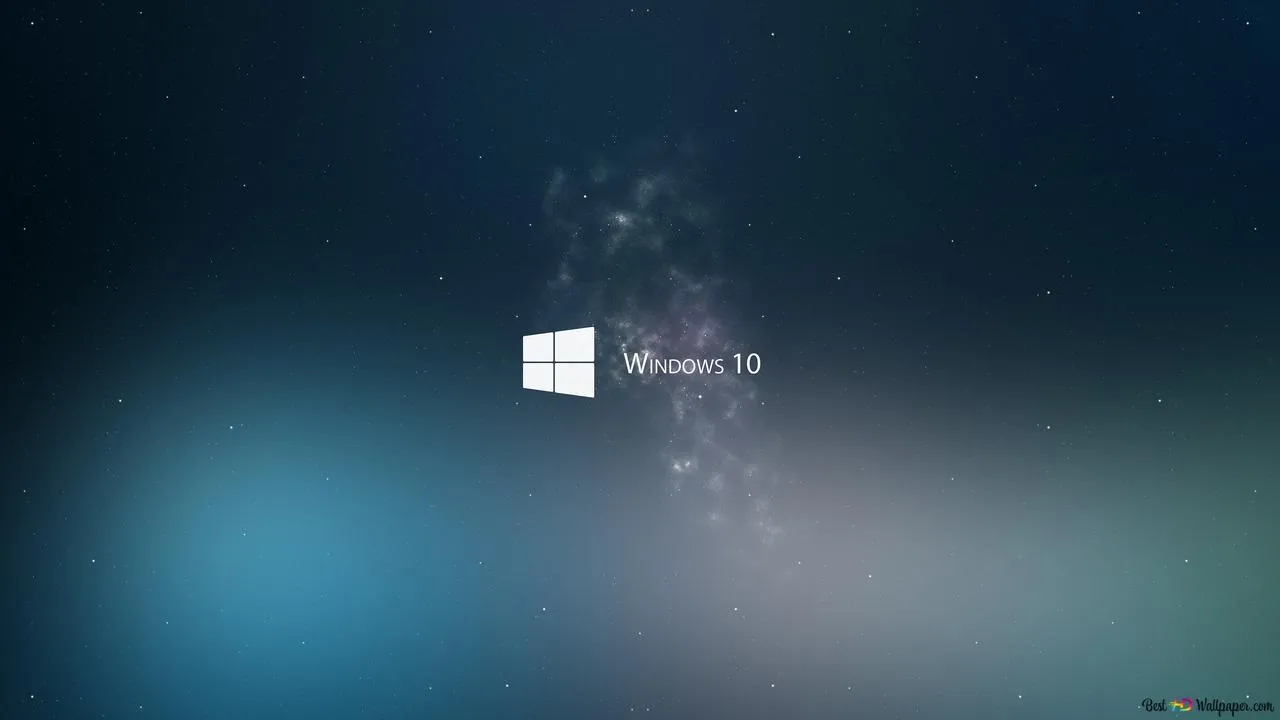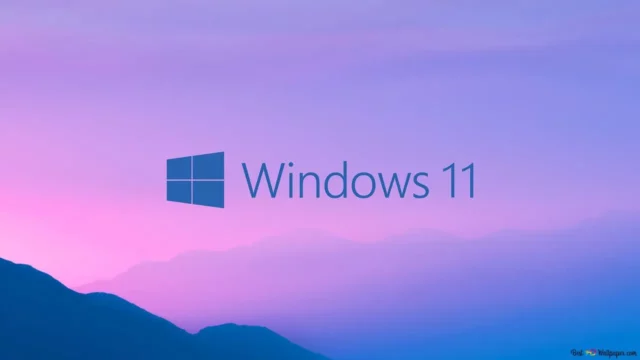Microsoft is under legal pressure as it prepares to end free updates for Windows 10 on October 14, 2025. The move could leave millions of devices without critical security fixes, sparking fears of cyberattacks and prompting urgent calls for users to take action.
Why the case targets Microsoft’s decision

The lawsuit, filed in California by Lawrence Klein, argues that halting updates will unfairly expose users to risk. Klein owns two laptops affected by the change and wants a court order forcing Microsoft to continue free support until usage numbers drop to a safer level.
How widespread the impact could be
Current estimates show that around 45% of Windows PCs, roughly 700 million worldwidestill run Windows 10. While upgrading to Windows 11 is possible for some, others face hardware limitations or cost concerns. Paid extended support will be available, but adoption rates are expected to be low.
Security threats after updates stop
Once updates end, new vulnerabilities in Windows 10 will remain unpatched. Hackers often move quickly to exploit outdated systems, making proactive measures essential. Without updates, antivirus programs and firewalls alone may not be enough.
Practical steps to protect your Microsoft system
- Upgrade to a newer OS if your device meets the requirements.
- Consider extended support if you must stay on Windows 10.
- Explore secure alternatives like Linux for older hardware.
- Maintain strong backups and security software.
What’s next in the legal battle
If the court rules in favor of the lawsuit, Microsoft could be forced to extend free updates. Until then, experts advise acting before the deadline to avoid running an unsupported system














